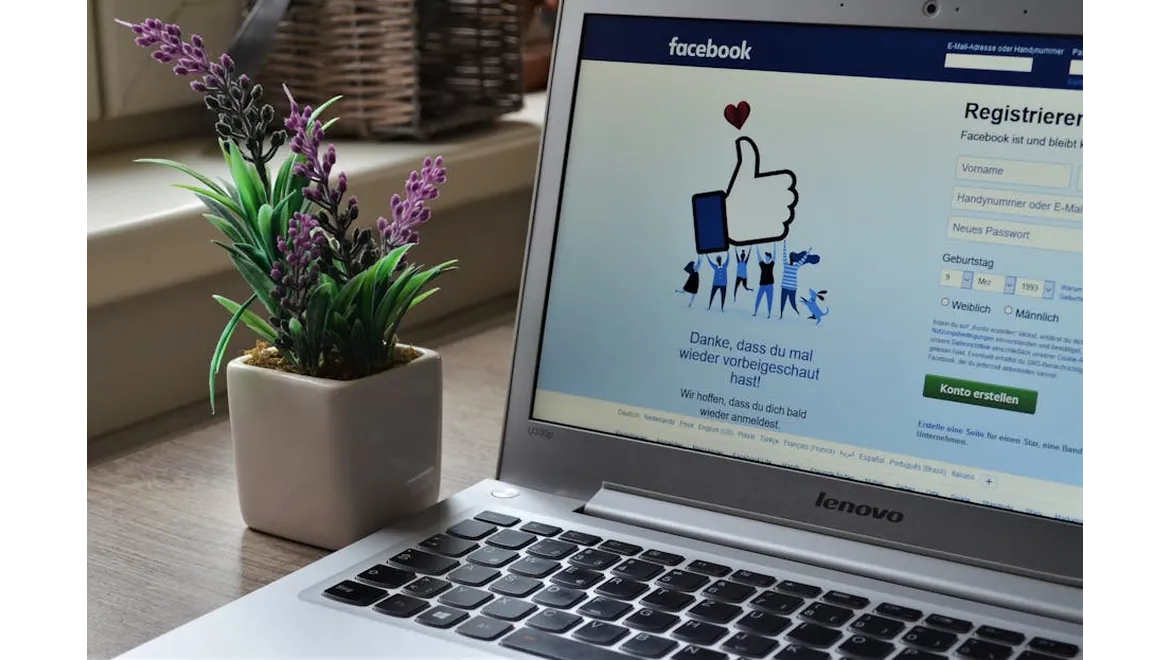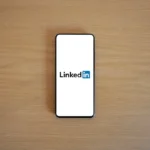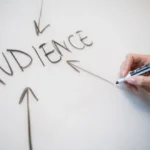Right, so I was chatting with Tyler the other day – he’s a marketing whiz, always brimming with ideas. We were batting around the topic of using Facebook to actually, you know, generate new business, not just post pretty pictures. We landed on gamification, specifically how you can turn casual scrollers into raving fans and paying customers using cleverly designed engagement and loyalty programs.
“It’s all about rewarding participation, isn’t it?” Tyler started, leaning back in his chair. “Think about it: Everyone loves a game. Everyone loves feeling valued.”
And he’s right. So, where do we even start?
Understanding Your Tribe
First, we need to know who we’re trying to reach. It sounds obvious, but seriously, know your audience. What are their interests? What kind of humour do they appreciate? What motivates them? Are they driven by status, recognition, or cold, hard discounts? Building a detailed persona is key. This informs everything, from the tone of your Facebook posts to the complexity of your gamified elements.
Tyler emphasised, “You can’t just throw a quiz out there and hope for the best. It’s got to resonate with what people actually care about.” He suggested conducting polls, surveys, or even just monitoring comments on existing posts to gather intel. We need to listen, learn and then implement!
Gamification: More Than Just Points
Okay, so we know our audience. Now, let’s talk gamification. We’re not talking about creating full-blown video games on Facebook. Think simpler: quizzes, challenges, rewards programs – things that are quick, easy to participate in, and offer a tangible incentive.
- Quizzes: These are great for testing knowledge or gathering opinions. A “Which [Your Product] Are You?” quiz can be fun and subtly promote different product offerings.
- Challenges: Photo contests, caption competitions, or even asking users to share their experiences using your product are all effective. The key is to make the challenge achievable but engaging.
- Rewards Programs: This is where loyalty comes in. Offer points for likes, shares, comments, and purchases. These points can then be redeemed for discounts, free products, or exclusive content.
Tracking Engagement and Demonstrating ROI
This is where it gets interesting. It’s all well and good running these gamified campaigns, but how do you actually measure their impact on your business? Tyler was adamant: “If you’re not tracking, you’re flying blind!”
Here are some key engagement metrics to keep an eye on:
- Participation Rates: How many people are actually taking part in your quizzes, challenges, or rewards program? This gives you an idea of the overall interest in your gamification efforts.
- Time Spent: How long are users spending engaging with your content? Are they just quickly clicking through, or are they actively involved?
- Conversion Rates: This is the holy grail. Are your gamified campaigns leading to actual sales? Track how many participants go on to make a purchase or sign up for a service.
- Referral Rates: Do participants share your content with their friends? This is a great way to expand your reach and acquire new customers.
- Customer Lifetime Value (CLTV): Are participants in your loyalty program staying customers for longer and spending more money?
These metrics translate into tangible business outcomes. Higher participation rates lead to increased brand awareness. Longer time spent equates to greater engagement. Improved conversion rates translate directly into higher sales. And a higher CLTV means you’re retaining valuable customers.
Tools and Techniques for Data Analysis
Facebook Insights provides a wealth of data on your audience and their engagement. Pay attention to the demographics, interests, and behaviours of your followers. Use this information to refine your gamification strategies and target your campaigns more effectively.
Google Analytics is another invaluable tool. By setting up custom tracking parameters, you can monitor how users are interacting with your Facebook content and how this traffic is contributing to your website goals.
Also, don’t underestimate the power of a simple spreadsheet. Track your key metrics over time and identify trends. Are your participation rates increasing or decreasing? Are your conversion rates improving? Regular analysis will help you optimise your gamification efforts and maximise their impact.
Putting It All Together
To wrap things up, remember that successful Facebook gamification isn’t just about throwing a few quizzes together. It’s about understanding your audience, crafting engaging experiences, and meticulously tracking the results. Use quizzes and challenges to incentivise the target market and reward them for loyalty to generate tangible business outcomes. With the correct use of tools, the marketeers should be able to increase brand awareness, get higher sales, retain valuable customers and increase customer life time value.











